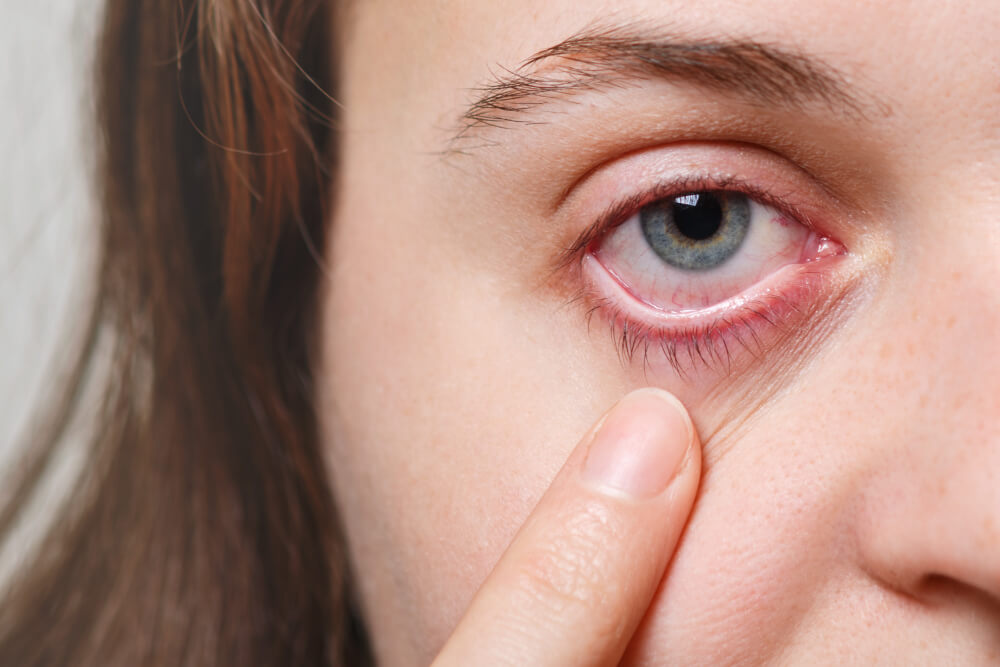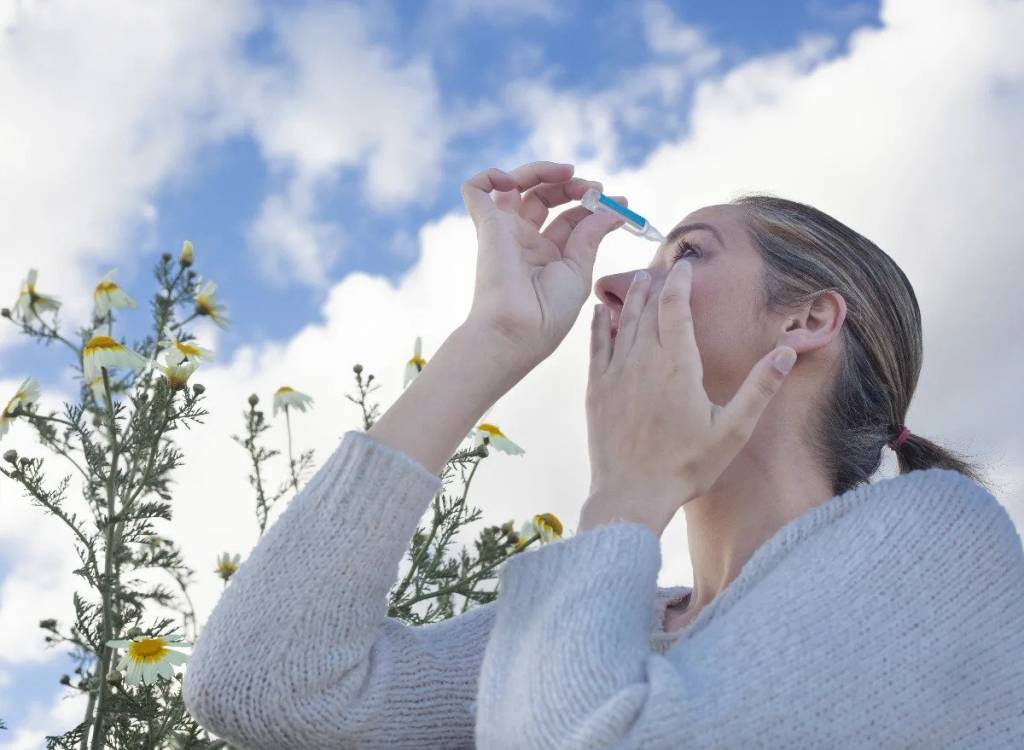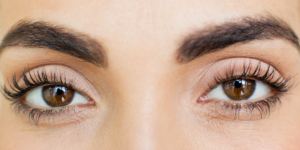
Tears spill over onto the face, a condition known as watery eye, epiphora, or tearing. Tearing occurs when the eyes either produce too many tears or not enough of them. Tears spill down the face when they can’t pass through the drain. Tears are necessary to maintain the health of the surface of the front of the eye and to see clearly; however, too much weeping can impair eyesight and make it difficult or unsafe to perform certain tasks, such operating machinery or driving. Although epiphora can afflict persons of any age, reports of it are more common in those who are over 60 or under a year old. Either one or both eyes could be impacted. Effective treatment for this eye problem is achievable, though.

Cause of Epiphora
The two major causes of watery eyes are blocked tear ducts and excess tear production.
- Blocked tear ducts – The most common causes of watery eyes among adults and older children are blocked ducts or narrowing of ducts. Narrowed tear ducts usually develop due to swelling and inflammation. When the tear ducts are narrowed or blocked, tears will not drain away and build up in the tear sac. This accumulation in the tear sac increases the risk of infection, and the eye will produce a sticky liquid, worsening the condition. Infection can ultimately cause inflammation on the side of the nose next to the eye.
- Overproduction of tears – If your eyes are irritated, they may produce more tears than normal as your body tries to rinse the irritant away. Irritants that cause the overproduction of tears in one or both eyes include:
- Conjunctivitis (pink eye)
- Some chemicals, such as those in fumes and even onions
- Trichiasis, where eyelashes grow inward
- Injury to the eye, such as a scratch or a piece of dirt
- Ectropion is a condition in which the lower eyelid turns outward
Based on the specific causes, the overproduction of tears due to irritation may cause symptoms such as redness, itching, pain, inflammation, blurred vision, and increased sensitivity to light. Some people having high-fat content can also have tears. This causes difficulty in spreading liquid across the eye to produce more tears, leaving dry patches that become sore and irritated, causing your eyes to produce more tears. Moreover, exposure to smoke, wind or cold weather can increase tear production. Other causes of watery eyes include keratitis (cornea infection), a chalazion cyst, dry eyes, corneal ulcer, allergies, or certain medications.
When to contact an eye specialist
Anyone considering using ophthalmic preparations to treat dry eyes should consult an eye care specialist before trying an over-the-counter product. An individual should see an eye care specialist as soon as possible if symptoms persist for longer than one week or if they have used over-the-counter preparations with little effect. An ophthalmologist or an eye care specialist can help rule out and potentially treat underlying health problems for people with prolonged or more severe dry eye conditions. Patients with dry eyes usually get eye drops to eliminate the problem or get advice from their eye care specialist to treat their eye condition.
Options for treatment: Best eye drops for watering eyes
The severity of the eye ailment, its underlying cause, and the existence of additional symptoms all influence the course of treatment.
- Irritation: Ophthalmologists use antibiotic eye drops to treat bacterial conjunctivitis, but viral conjunctivitis causes better with less watering. Ciplox 0.3 ml, Tropicacyl Eye drop, Tobramycin (Toba eye drop) ophthalmic solution, Azithral eye drops 0.1%, Locula eye drops 20%, and a few others.
- Ectropion: When a patient has this issue, their eyelid turns outward. To treat this, an ophthalmologist will perform surgery to tighten the tendon holding the eyelid in place. One or both eyelids may be impacted by the eye ailment.
- Trichiasis: The eye doctor will extract an eyelash that is growing inward from the afflicted eye.
- Blockage of the tear duct: Ophthalmologists advise surgery to open up a new passageway from the inside of the nose to the tear sac.In brief
- Tears are necessary to continuously moisten the cornea, the transparent portion of the eye that covers and shields the outer part of the eye and is not supplied with blood, in order to maintain clear eyesight. The fluid that keeps the eyes wet and supplies the cornea with oxygen and nutrients is called tears.
A typical sign of many ocular illnesses is watery eyes, which can be caused by either excessive or insufficient tear production and drainage. Tears spilling across the face uncontrollably is a sign of watery eyes. Additionally, hyperlacrimation, or the overflow of tears brought on by to the lacrimal gland’s overproduction of secretions). These ocular disorders are largely produced and controlled by tears.
Although it can affect anyone at any age, older adults and infants younger than twelve months old are more likely to experience watery eyes. One or both eyes may develop the disease. Nonetheless, eye drops are a useful tool for treating the illness. Indeed! Ophthalmologists highly recommend eye drops for watery eyes since they work very well in treating them. Conjunctivitis-related watery eyes can be successfully treated with eye drops such as Ciplox 0.3 ml, Tobramycin ophthalmic solution, Tropicacyl eye drop, Azithral eye drops 0.1%, and Locula eye drops 20%. Remember to speak with an eye care professional to determine which eye drops would work best for your watery eyes.




